Lesser Lights
Under the counter and under cabinet lighting have been around for decades, but they haven’t been practical for very long. Under counter lighting was first executed using T12 fluorescent tubes or incandescent puck fixtures. Both come with their fair share of problems. T12 fluorescent tubes are 1 1/2 inches thick, and that’s not easy to conceal. Fluorescent lighting doesn’t render color well and spikes in the green part of the spectrum, which is why people often look pallid when under it. In short, fluorescent tubes are not usually the go-to option when warmth and beauty are needed. It is true that modern T4 fluorescent tubes, which are only 1/2 inch in diameter, have been improved upon in this regard, they still lag behind other lighting technologies when it comes to the appearance.
Incandescent offers that warm glow that homeowners appreciate, but that’s about it. Incandescent fixtures are the most inefficient on the market, having been built on century-old filament technology. This inefficiency not only leads to considerable waste, it also leads to considerable thermal output, which poses a threat to everything nearby. Wood will warp and glass can crack with extended exposure to heat. And, of course, anyone who touches it, like a curious child, will burn themselves on the light. In truth, lighting technology is marching so fast now that incandescent fixtures are being phased out in a lot of applications.
The Spotlight on LEDs
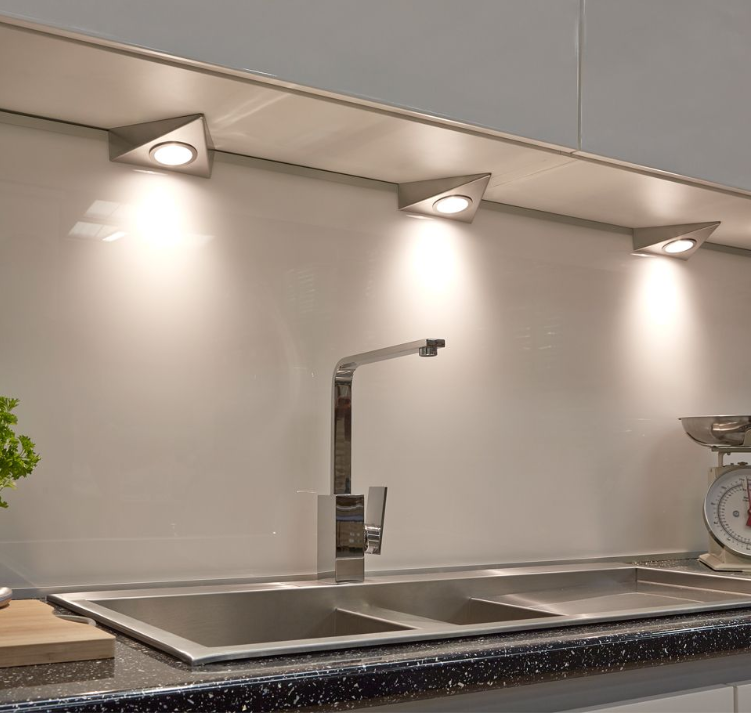
LED technology has been around for more than half a century, but its use as a lighting implement has only been feasible in the last 10 or so years. In that time, huge strides have been made in LED manufacturing processes, leading to better output, better reliability and better consistency among LEDs from a particular brand and design. LEDs are rapidly replacing other forms of lighting across the board, in applications ranging from display screens to stadium lighting.
And they are a perfect choice for under the counter lighting. In fact, they are a perfect option for most forms of residential decorative lighting. How so? Let’s count the ways:
1. LEDs are beautifully compact – Under cabinet and under counter fixtures have to be small enough to make for easy concealment, otherwise what’s the point? This form of lighting loses its attractiveness as soon as it creeps into view, so it must remain hidden. LED strips fit the bill here, and they can be installed with nothing more than an inch of trim. If that trim is not available with existing cabinetry, a new piece of trim can usually be appropriated for the job.
2. LEDs are easy to aim – Incandescent and fluorescent fixtures radiate light in all directions, and while that can be useful in some applications, it makes them a liability when putting together a precise visual design. LEDs, though, are directional by their nature, so they can be aimed wherever they need to go. For example, a set of LED strips can be focused right at the backsplash, which will bring out its color and design. Alternatively, LED strips can create more concentrated pools of light – ideal for tasks like cleaning or food prep.
3. LEDs are hyper efficient – LEDs produce light by manipulating electrons at the atomic level. No other lighting technology comes close to that kind of fine granularity, and that’s why LED fixtures are so much more efficient than competing options. That extra efficiency is obviously a nice thing to have when it comes time to pay the electricity bill, but it also eliminates radiant heat altogether. When pushing and pulling electrons around, there is no leftover energy to give off as heat.
Because they do not produce radiant heat, LED strips can be safely used around sensitive materials like wood and glass. They can also be used around skin, as they won’t burn with incidental contact.
4. LEDs are unfailingly reliable – Again, because LEDs operate so efficiently, they wear down much more slowly than other lighting options. As of now, LEDs can be expected to generate around 50,000 hours before they need to be replaced, but it’s common for LEDs to go much further than the 50,000 hour mark. Further, LED strips are really just a line of diode chips, and if one or two go out, the effect on the fixture’s lighting capabilities will be minimal. This minimizes the impact of the rare bad chip, and extends the life of the fixture.
Homeowners don’t want to get in there and constantly change burned out bulbs. Fortunately, they don’t have to with LEDs. Their low maintenance design means they can be left alone for years before they require attention.
5. LEDs stay under control – One of the primary limitations of early under counter lighting is that it was tough to control. Fluorescent and incandescent fixtures are not known for their compatibility with control devices, and that caps their usefulness.
LEDs, though, are made for lighting controls like dimmers. Dimmers allow homeowners to set their desired output level for the LED strips, so they can be brought up or down as the amount of ambient lighting changes. Beyond dimmers, LEDs can be tied to occupancy controls and timers. Occupancy controls ensure the lights are only on when someone is nearby, and timers keep the lights on only at certain times. Both get the most out of the LED strips, as they only shine when needed. As such, homeowners can expect their LED strips to last much longer when controls are present.
Under the counter lighting is an enchanting addition to the home, but it’s even better when an under cabinet lighting project is backed by LED technology. With LEDs, homeowners can realize impressive performance, control their system thoroughly and get a quick return on their investment.
-
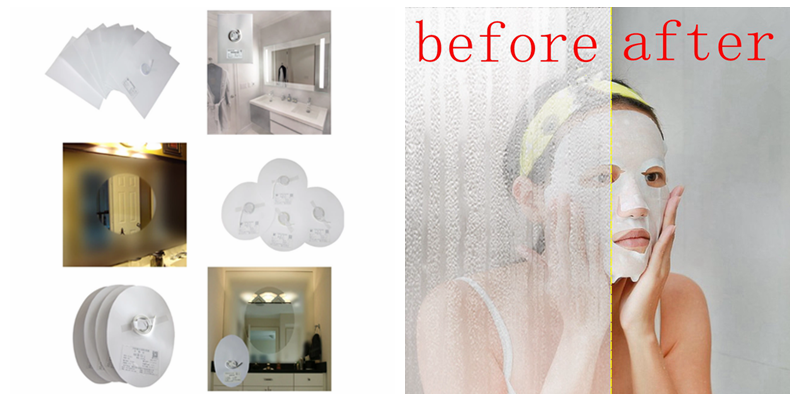 How to Install Heat Pad on Mirror?
How to Install Heat Pad on Mirror?Do you like ?0
Read more -
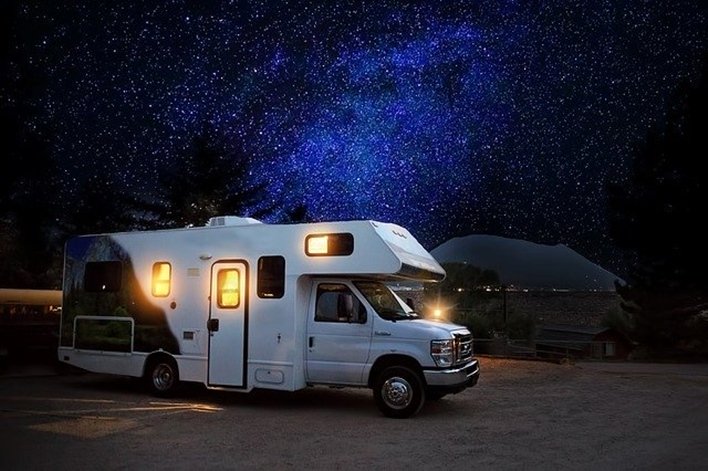 Why LED Lights are Perfect for RVs & Boats?
Why LED Lights are Perfect for RVs & Boats?Do you like ?0
Read more -
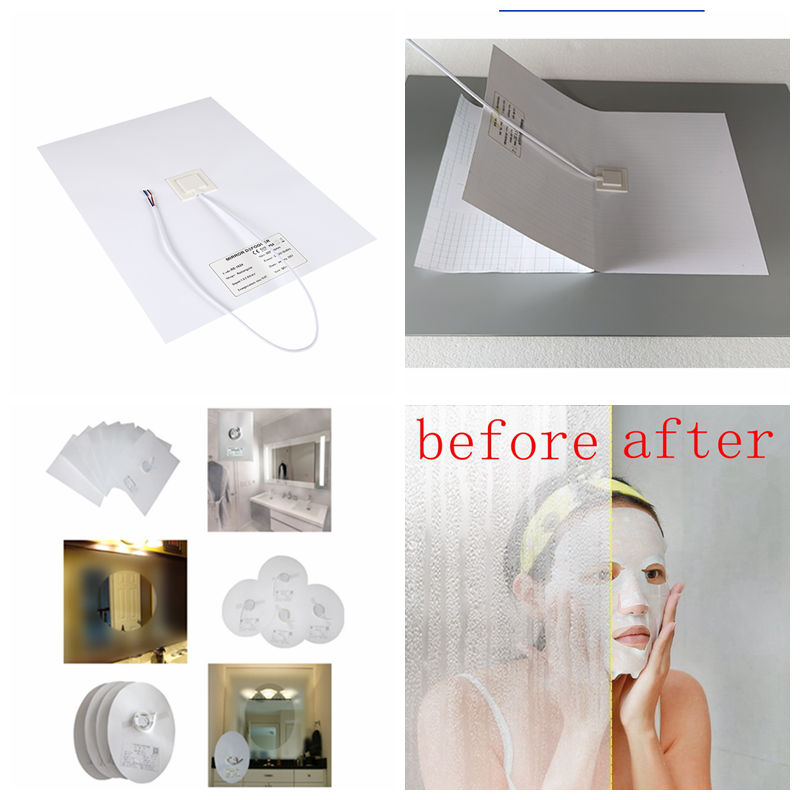 How Good Anti-fog Film for Mirror!
How Good Anti-fog Film for Mirror!Do you like ?0
Read more -
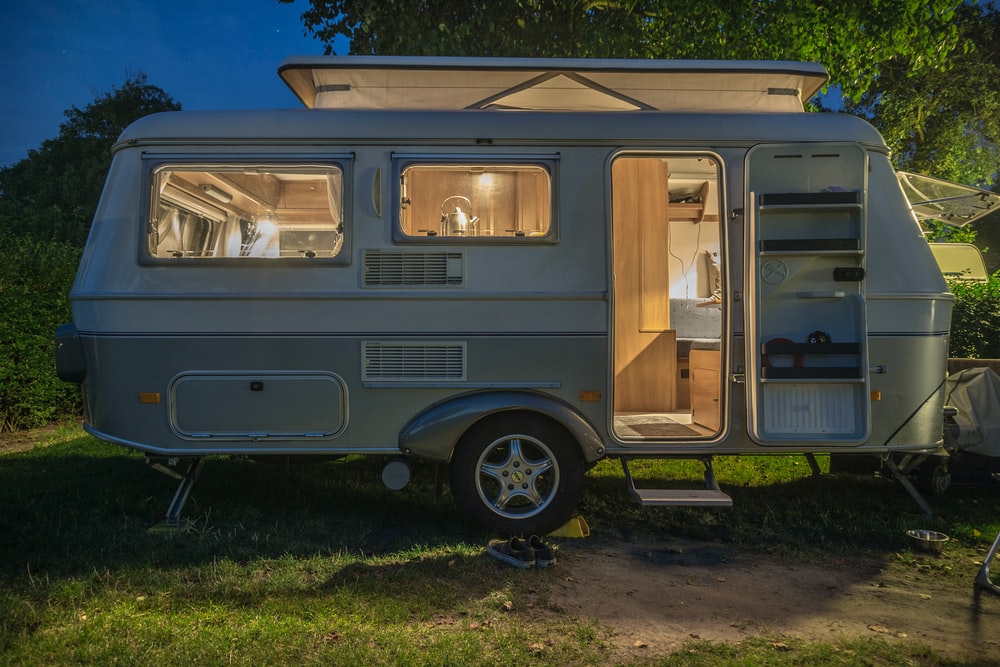 How do you choose which lights to buy for your RV’s interior?
How do you choose which lights to buy for your RV’s interior?Do you like ?0
Read more -
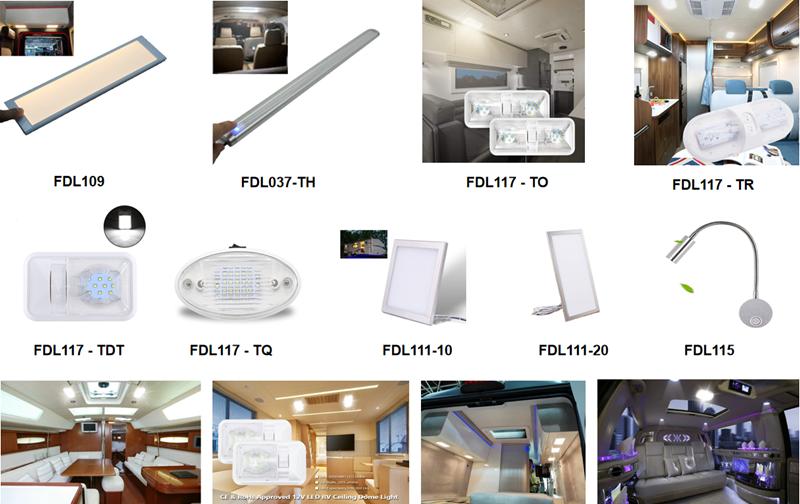 What Are the Most Common Interior Lights Used by RV Manufacturers?
What Are the Most Common Interior Lights Used by RV Manufacturers?Do you like ?0
Read more -
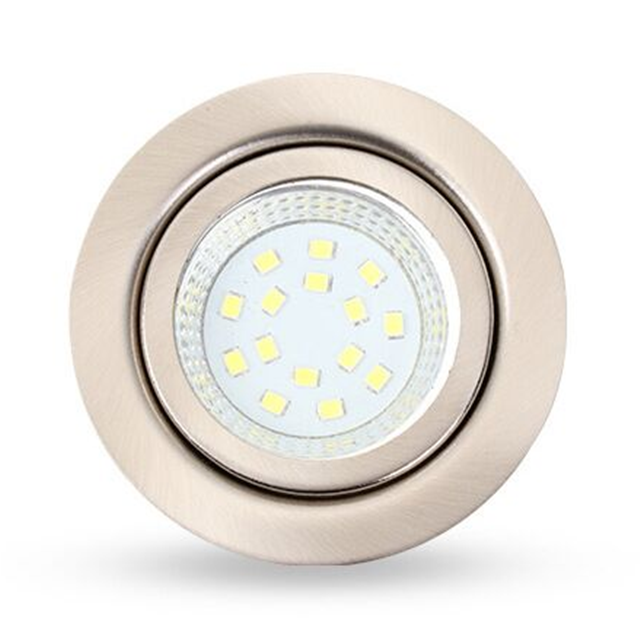 Do You Know The Great Uses for Puck Lights?
Do You Know The Great Uses for Puck Lights?Do you like ?0
Read more






